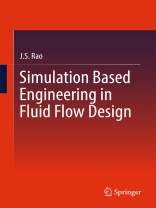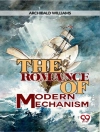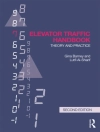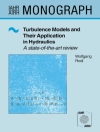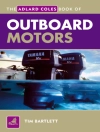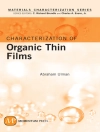This volume offers a tool for High Performance Computing (HPC). A brief historical background on the subject is first given. Fluid Statics dealing with Pressure in fluids at rest, Buoyancy and Basics of Thermodynamics are next presented.
The Finite Volume Method, the most convenient process for HPC, is explained in one-dimensional approach to diffusion with convection and pressure velocity coupling. Adiabatic, isentropic and supersonic flows in quasi-one dimensional flows in axisymmetric nozzles is considered before applying CFD solutions. Though the theory is restricted to one-dimensional cases, three-dimensional CFD examples are also given. Lastly, nozzle flows with normal shocks are presented using turbulence models.
Worked examples and exercises aregiven in each chapter.
Fluids transport thermal energy for its conversion to kinetic energy, thus playing a major role that is central to all heat engines. With the advent of rotating machinery in the 20th century, Fluid Engineering was developed in the form of hydraulics and hydrodynamics and adapted in engineering Schools across the world until recent times. With the High Performance Computing (HPC) in recent years, Simulation Based Engineering Science (SBES) has gradually replaced the conventional approach in Fluid Flow Design bringing Science directly into Engineering without approximations. Hence this Springer Brief in Applied Sciences and Technology.
This book brings SBES to an entry level allowing young students to quickly adapt to modern design practices.
Tabla de materias
Acknowledgements.- 1. Introduction.- 2. Fluid Statics.- 2.1 States of Matter.- 2.2 Pressure in fluids at rest.- 2.3 Buoyancy.- 2.4 Basics of Thermodynamics.- 3. Fluid Dynamics.- 3.1 Characteristics of Fluids.- 3.2 Mass Balance.- 3.3 Force Balance and Momentum Equations.- 3.4 Energy Equation.- 3.5 Kinetic Energy.- 3.6 Internal Energy.- 3.7 Shear Stresses.- 3.8 Equations of Motion.- 3.9 Summary of Fluid Flow Equations.- 4. Finite Volume Method – Diffusion Problems.- 4.1 Diffusion Problem.- 4.2 Diffusion with Source Term.- 4.3 Diffusion with Convection.- 5. Finite Volume Method – Convection-Diffusion Problems.- 5.1 Steady State one-dimensional convection and diffusion.- 6. Pressure Velocity Coupling.- 6.1 Steady State one-dimensional incompressible problem.- 6.2 Pitot and Venturi Tubes.- 6.3 Stagnation Conditions in Adiabatic Flow.- 6.4 Isentropic Flow.- 6.5 Speed of Sound.- 6.6 Shocks in Supersonic Flow.- 6.7 Other Forms of Energy Equation for Adiabatic Flow.- 6.8 Quasi-One dimensional Flow.- 6.9 Area-Velocity relation.- 6.10 Example of Nozzle Flow – Subsonic Flow throughout.- 6.11 Nozzle Flow – Subsonic Flow with Sonic Conditions at the Throat.- 6.12 Nozzle Flow – Supersonic Flow with Perfect Expansion.- 6.13 CFD Solution of Isentropic Flow in Converging-Diverging Nozzles.- 7. Turbulence.- 7.1 What is Turbulence?.- 7.2 Reynolds Equations.- 7.3 Nozzle Flow with a Normal Shock in the Divergent Portion.- 7.4 CFD Solution of Flow in Converging-Diverging Nozzles with a Normal Shock.- 8. Epilogue.- Index.
Sobre el autor
Professor J.S. Rao is Chief Science office at Altair Engineering India Ltd, President of the Vibration Institute of India and Editor in chief of the Journal of Vibration Engineering and Technologies.
